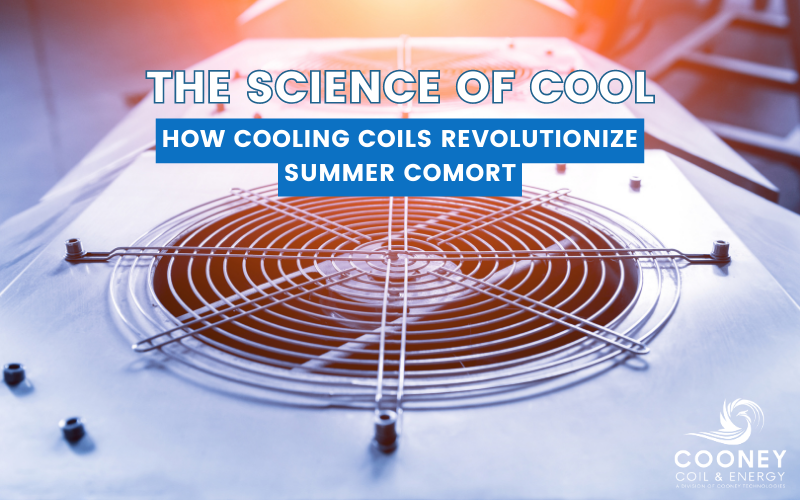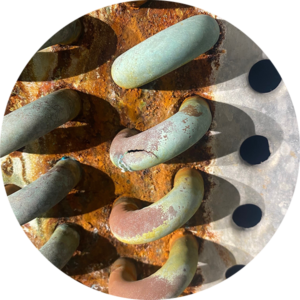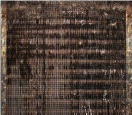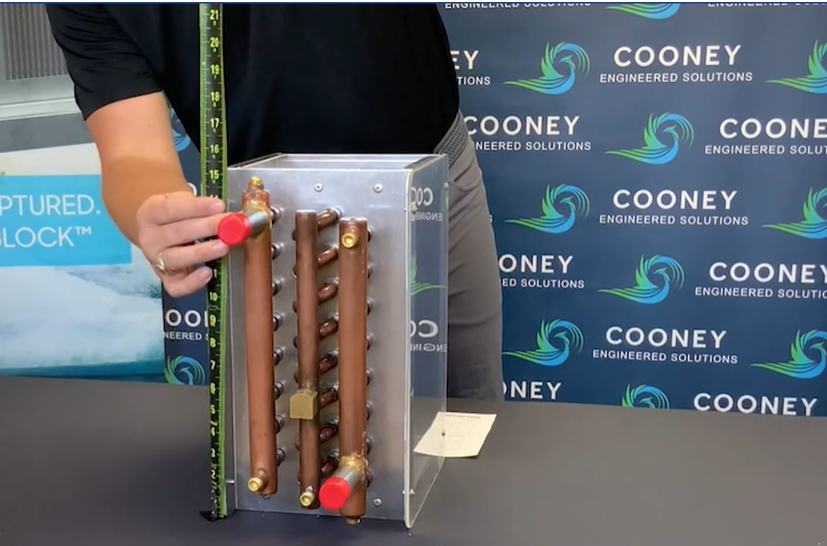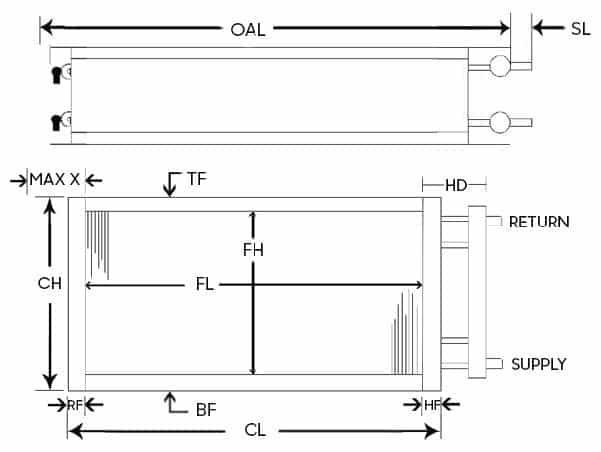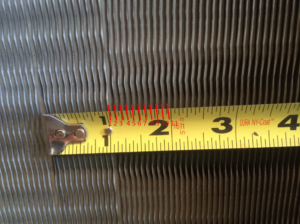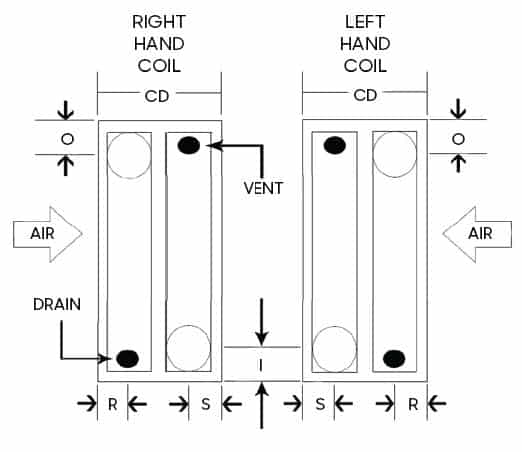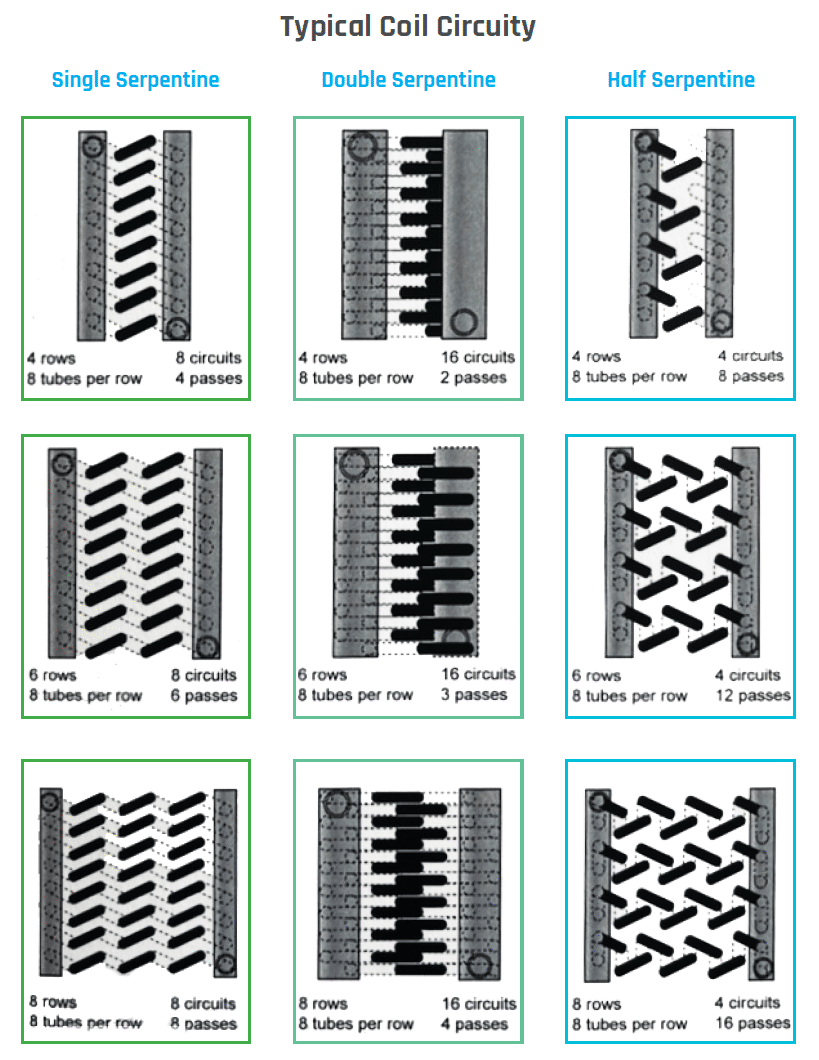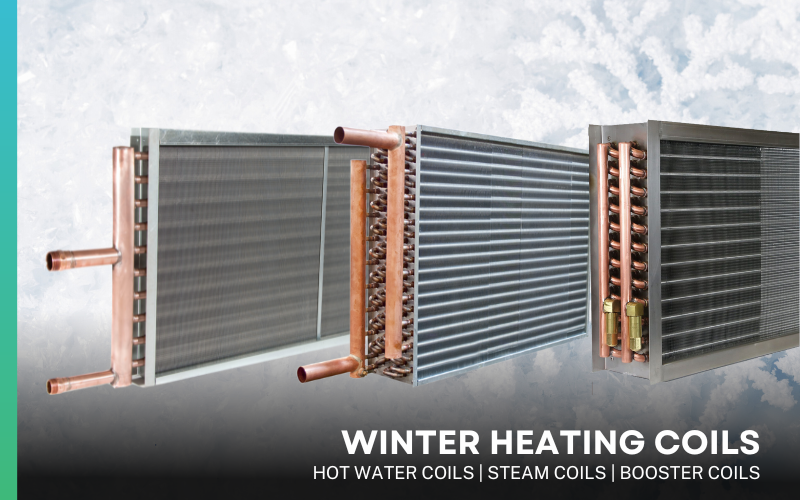
The Role of Heating Coils in Winter Comfort
As the winter chill sets in, ensuring your facility’s comfort becomes a top priority. One key player in this equation is your heating coils. Whether it’s a steam coil or a hot water coil, these components are crucial for maintaining a warm and safe environment.
In such situations, emergencies with your HVAC systems seem almost inevitable. This is exactly when you need a coil supplier that can respond swiftly and flexibly to any unexpected issues.
Hot Water Coils
Hot water coils, also known as fluid coils, are a type of heat exchanger that can be used for both heating and cooling. They work by transferring heat from the water flowing through the coil to the air passing over it.
Our hot water coils come with tube diameter options ranging from 5/8″, 7/8″, to 1″. We offer materials such as Aluminum, Copper, Cupro-Nickel 90/10, Carbon Steel, and Stainless Steel 304 & 316 for tube or fin materials. With a wide range of rows and circuiting options, we ensure optimal performance based on your specific requirements.
Despite their functionality, hot water coils can freeze and burst under certain conditions. If it happens, Cooney Coil & Energy has you covered. Our team has spent years developing Freeze Block Coils, designed specifically to address this problem and ensure that your heating system continues to run efficiently throughout the winter.
Steam Coils
A steam coil is a type of heat exchanger often found in commercial and industrial buildings’ air handling units. They work by warming up the air that fans blow across fins made of materials like aluminum, copper, or stainless steel. These fins absorb heat from steam moving through tubes, providing a warm and comfortable environment.
At Cooney Coil & Energy, we offer steam coils with tube diameter options ranging from 5/8″, 7/8″, to 1″. Our steam coils can be built with various materials including Aluminum, Copper, Cupro-Nickel 90/10, Carbon Steel, and Stainless Steel 304 & 316. We provide a variety of rows and circuiting options to cater to your specific needs.
However, steam coils are not exempt from potential issues. A common problem is freeze-ups. These occur when leftover water or condensate inside the steam coil tubes freezes. This can be caused by various reasons, sometime there is issue with the steam trap or the vacuum breaker. But fret not, our team at Cooney Coil & Energy is always ready to assist you with any steam system emergencies, ensuring your heating system runs smoothly throughout the winter.
Booster Coils
Booster coils are a version of the standard HVAC hot water coil, designed for duct work installation. They always have one or two rows, but their casing is designed for ductwork installation, making them ideal for specific applications.
Our booster coils come with tube diameter options ranging from 5/16″, 3/8″, 1/2″, 5/8″, 7/8″, to 1″. We offer materials such as Aluminum, Copper, Cupro-Nickel 90/10, Carbon Steel, and Stainless Steel 304 & 316 for tube or fin materials. We also provide a wide variety of rows and circuiting options to cater to your specific needs.
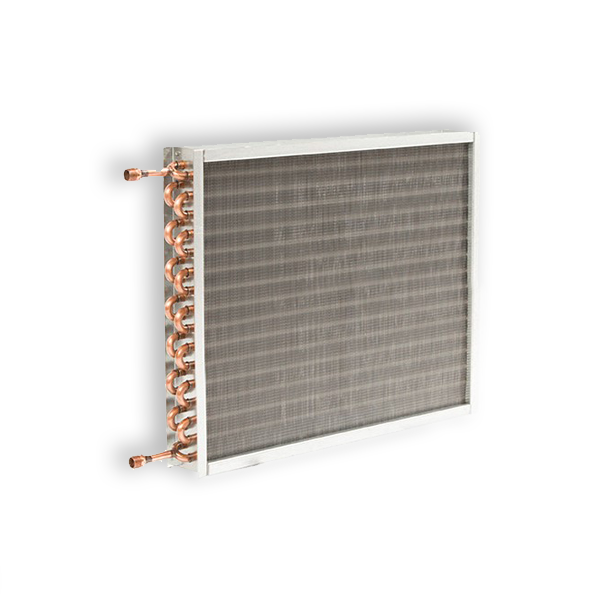
The Importance of Regular Maintenance
Just like any other component of your HVAC system, your heating coil needs regular maintenance to ensure optimal performance. Over time, dust, dirt, and other debris can build up on your commercial coils, reducing their effectiveness and efficiency. This not only impacts your comfort but also increases your energy costs.
Here are some tips to maintain your heating coils:
1. Regular Cleaning: Keeping your heating coils clean is paramount. A buildup of dirt and dust can reduce the heat transfer efficiency, making your HVAC system work harder than it needs to. UVGI systems are great options to help reduce coil cleanings and improve efficiency.
2. Inspections: Regular inspections can help identify potential issues before they become significant problems. Look for signs of wear and tear, such as leaks or rust, which could indicate the need for a replacement coil.
3. Professional Maintenance: It’s important to schedule preventative maintenance. Thoroughly clean and inspect your heating coils, ensuring they’re in top shape for the winter months.
Time for a Replacement?
Sometimes, despite your best efforts, your heating coils may need to be replaced. This might be due to age, damage, or simply because the coil is no longer efficient. At Cooney Coil & Energy, we specialize in providing high-quality replacement coils that will ensure your HVAC system is running at its best.
In conclusion, your heating coil plays a vital role in your commercial building during the winter. By understanding how it works and ensuring it’s properly maintained, you can ensure a warm environment all season long.
Schedule a Site Visit
With our wide range of products and expertise, we are your go-to partner for all your HVAC needs. Whether it’s steam coils, hot water coils, or booster coils, we’ve got you covered. Feel free to reach out to us for more information on our products and services. Stay warm, stay safe!

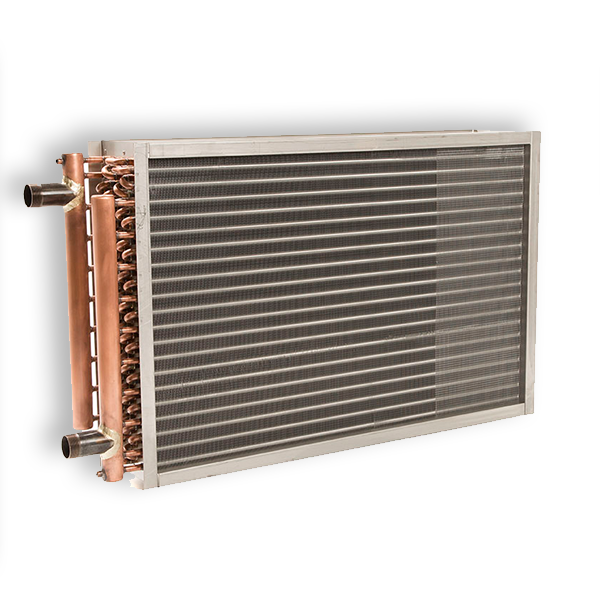
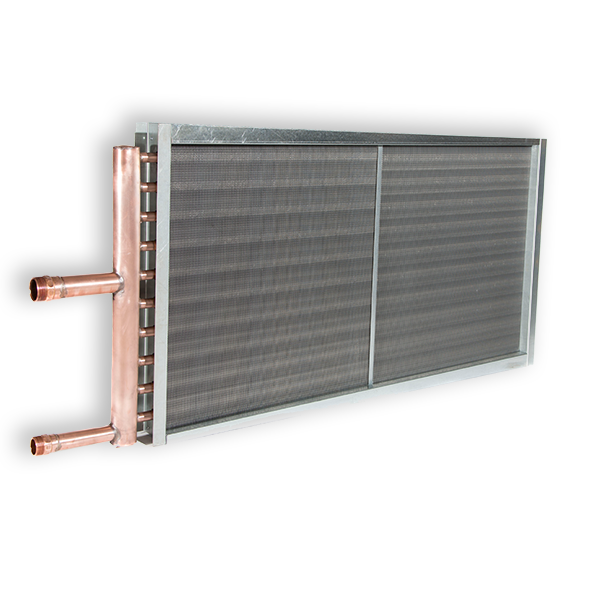

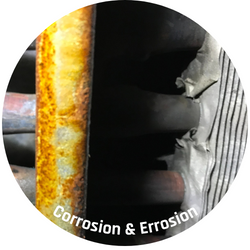

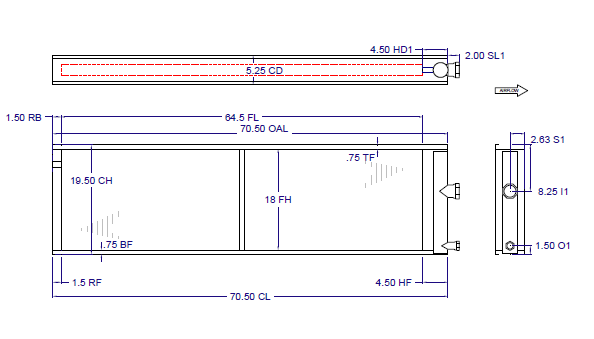
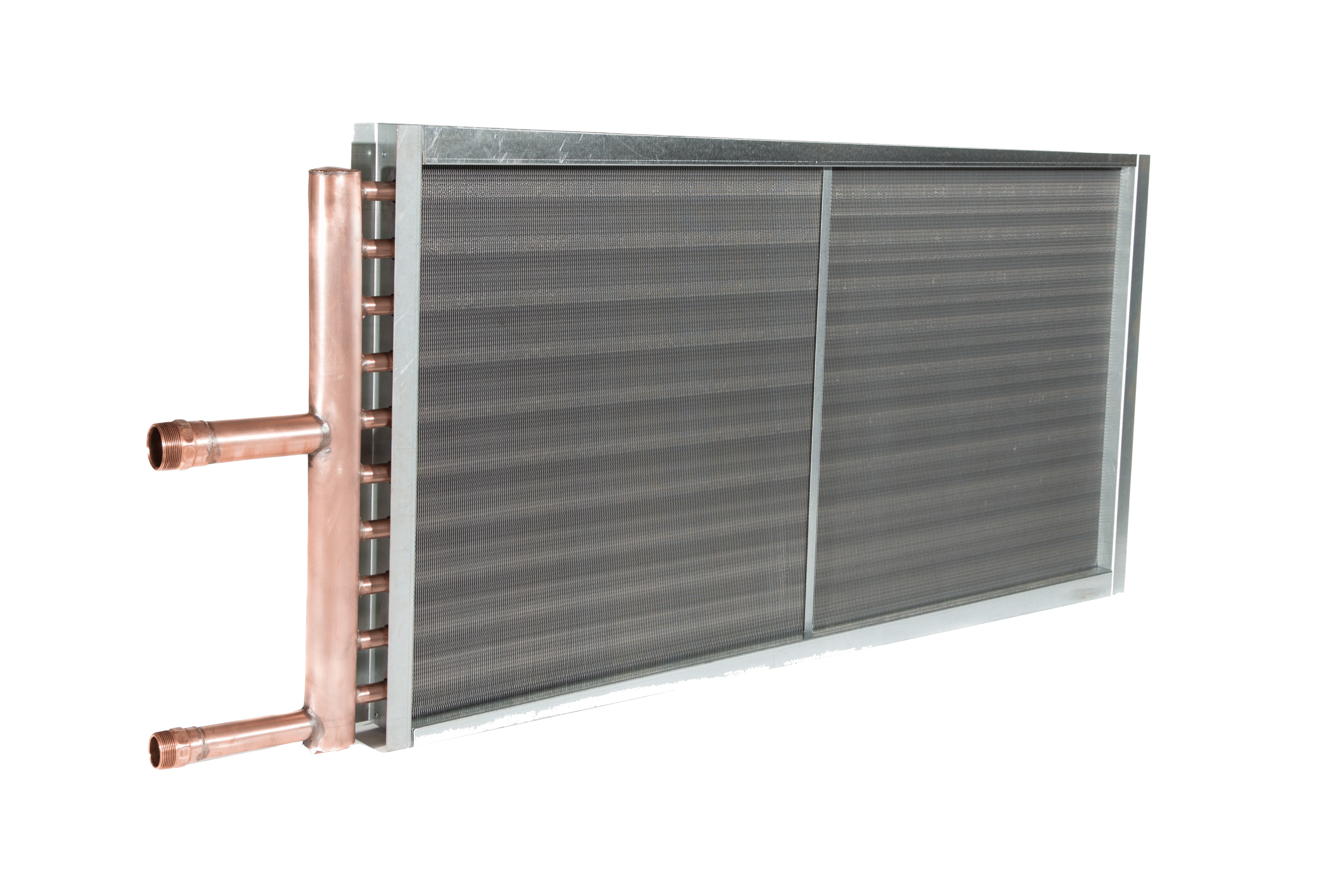
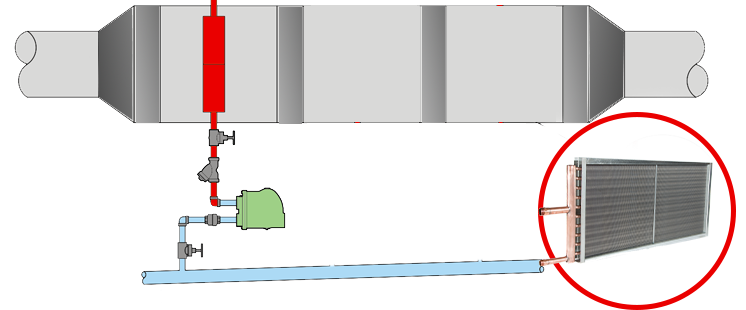
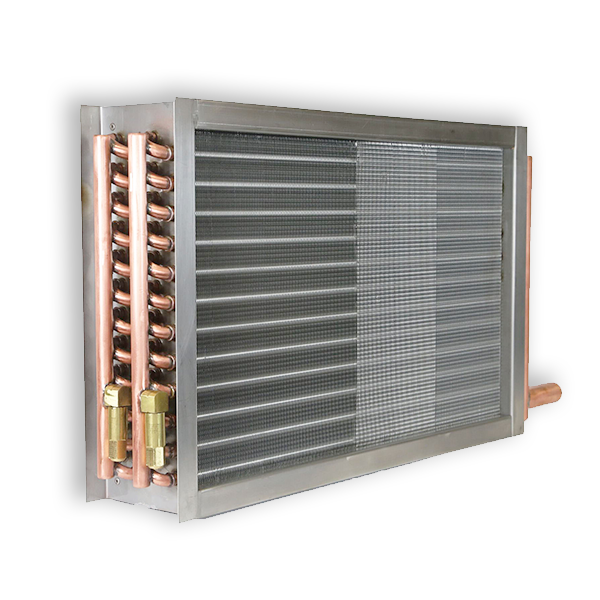

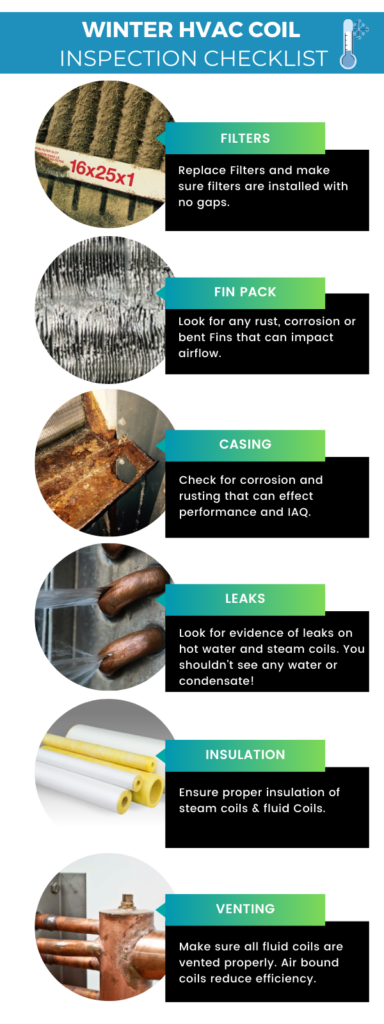 Assessing Your Heating Coils Before Winter
Assessing Your Heating Coils Before Winter